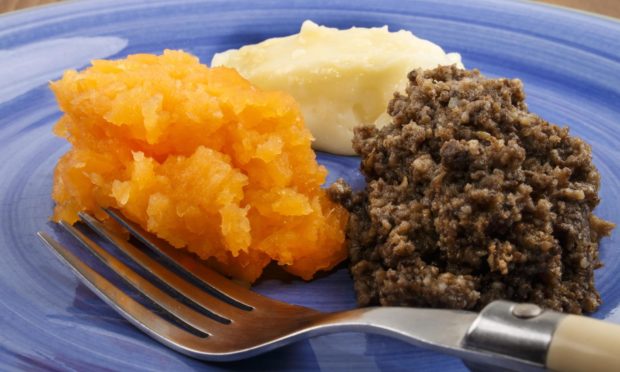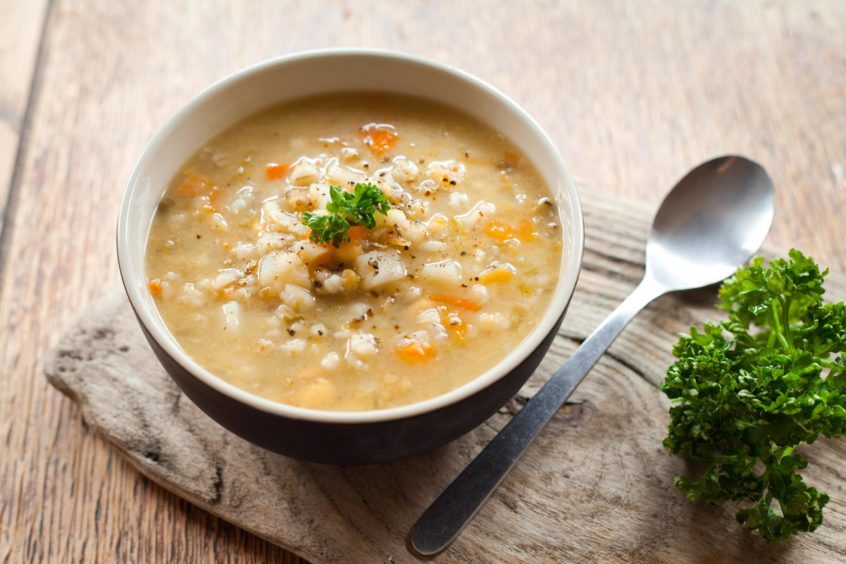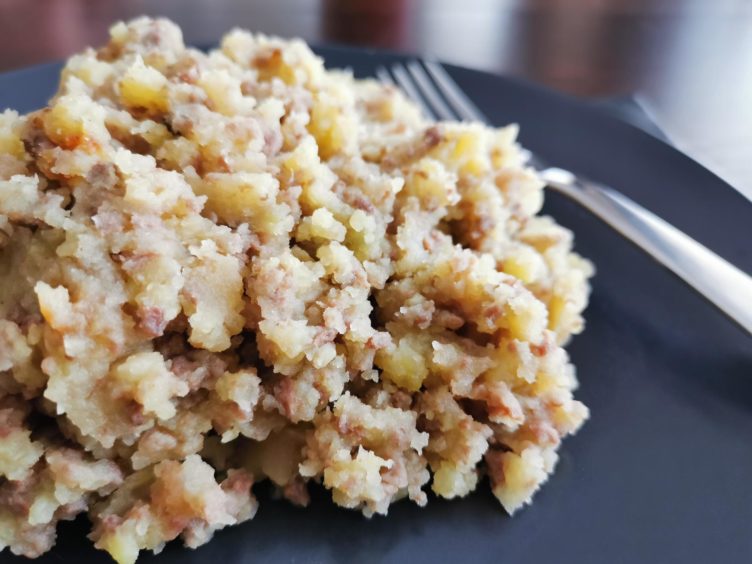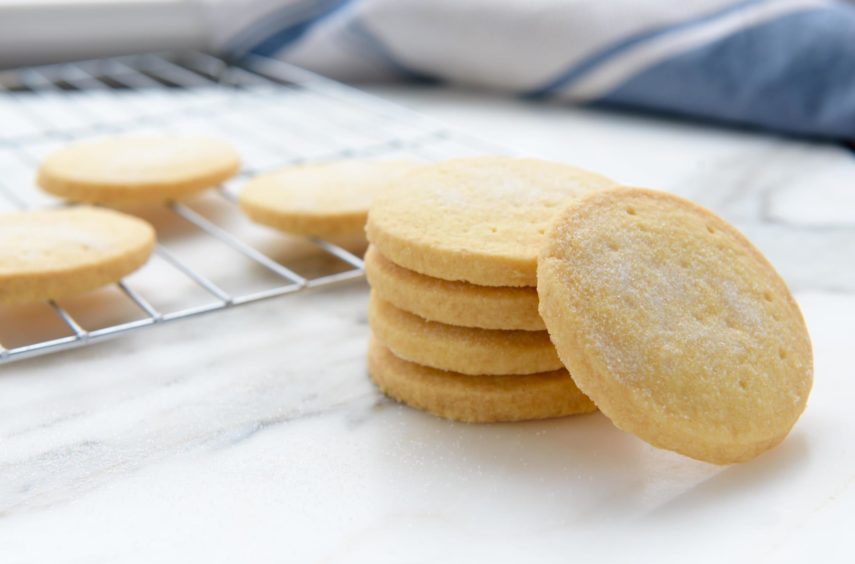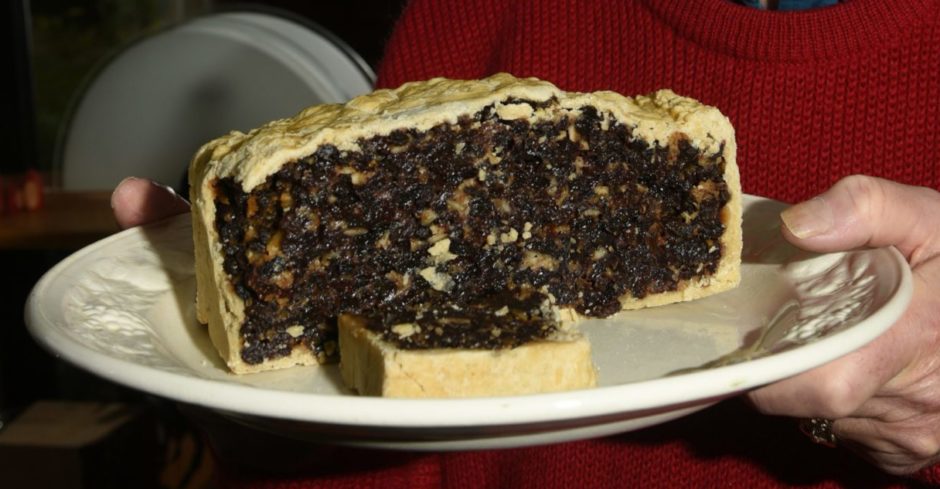Brian Stormont looks at some of the foods Scots regard as Hogmanay staples.
Although Christmas now has the upper hand, if you jumped in a time machine and headed back 40 or 50 years, New Year was the most eagerly awaited celebration.
There were a number of reasons why the turn of the year – and Hogmanay in particular – was so popular, with eating, drinking and, of course, merriment topping the list.
During the Protestant Reformation in 1640, an Act of Parliament decreed that Yuletide celebrations in Scotland were illegal. As a result, the majority of Scots focused their attention on celebrating New Year.
And half a century ago, many tradesmen would actually work on Christmas morning, putting in a shift from 8am until noon or 1pm.
However, New Year’s Day in Scotland was a holiday for all, with many also being fortunate enough to get the second of the month off, too.
“First footing”
As people went from hoose to hoose “first footing” with a bottle (usually whisky), it was vital that they were fed when welcomed into someone’s home.
That could be anything from a simple roll to an entire meal but, rest assured, there would be plenty available. Despite Scots being regarded as thrifty, New Year was a time to push the boat out and many did so with relish.
Although this year will be different in that we are being encouraged to stay at home to bring in 2023, we look back at the top five traditional dishes you could cook up to make this Hogmanay a memorable one.
1. Scotch or Chicken Broth
If you’re trailing from one house to another you need something to warm you up and many houses would ensure there was a pot of Scotch broth simmering away on the stove.
Perhaps made with stock by simmering the bones from the Christmas turkey, broth is the ideal wholesome dish to serve up any visitors, packed full of vegetables, maybe some leftover meat or chicken and pearl barley.
It wasn’t unusual for groups to gather around the soup pot and tell stories or tales from their exploits during Hogmanay.
2. Haggis, neeps and tatties
The quintessential Scottish dish needs no introduction and it was a popular meal to have available for visitors because you could have it ready to serve.
In the days when there were no microwave ovens, haggis and its normal accompaniments were easily kept warm and moist in tin foil in the oven ready to be dished up to appreciative visitors.
Again, it is a wholesome dish that will fill bellies and, importantly, help to soak up the alcohol that had been consumed throughout the night.
3. Stovies
Another dish that screams Scottishness, stovies are amazing at anytime of the year, but particularly at Hogmanay.
There is nothing better than first footing someone and hearing the words “Would you like a plate of stovies?”.
There are arguments over how you make them and what you should put in them, but one thing no one is quibbling about is just how good they are.
4. Shortbread
It’s not New Year without shortbread and this would be an ever present on people’s coffee tables laden with finger food such as cheese, ham and pineapple on sticks, sausages, sausage rolls and much more.
The Scottish custom of eating shortbread at the New Year has its origins in the ancient pagan Yule Cakes which symbolised the sun and that is the reason it was originally offered to “first footers” as it continues to be today.
Shortbread goes hand in hand with a wee dram, so much so that many manufacturers have combined the two, like Walkers who now produce a variety that has been blended with whisky.
5. Black bun
Black bun is a fruit cake completely covered in pastry and it sometimes referred to as Scotch bun.
Typically it contains raisins, currants, almonds, citrus peel, all spice, ginger cinnamon and black pepper.
Originally, the black bun was enjoyed on Twelfth Night in Scotland and, having originally been introduced by Mary Queen of Scots, gradually became more associated with Hogmanay when the Scottish Reformation took place.
Make your own Black Bun with this recipe below…
Black Bun
Makes 1
Ingredients
- 1 lb flour
- 2 tsp ground ginger
- ½ lb raisins
- ½ lb brown sugar
- 1 tsp baking soda
- 2 tsp mixed spice
- 1 lb currants
- 1 packet stoneless raisins
- ½ lb mixed peel
- Milk to mix
For the pastry:
- 1 lb flour
- 1 teaspoonful baking powder
- ½ lb margarine or butter
- Milk
Method
For the bun:
Mix flour, baking soda, sugar and spices together. Add the raisins (cut small), the currants and the peel (cut in small slivers or finely chopped). When thoroughly blended add just sufficient milk to moisten without making too wet.
For the pastry:
- Rub the butter into the flour and baking powder and form into a firm paste with milk.
- Turn on to floured baking-board, roll three times, then use to line the bottom and sides of a large cake-tin, which has been greased.
- Reserve a piece of the pastry to make a lid. Now fill in the bun, place the pastry on top, moistening the edges so that it will stick when pressed to the top of the pastry sides.
- Pierce the top with a fork all over, brush over with beaten egg and bake in a moderate oven for about four hours.
